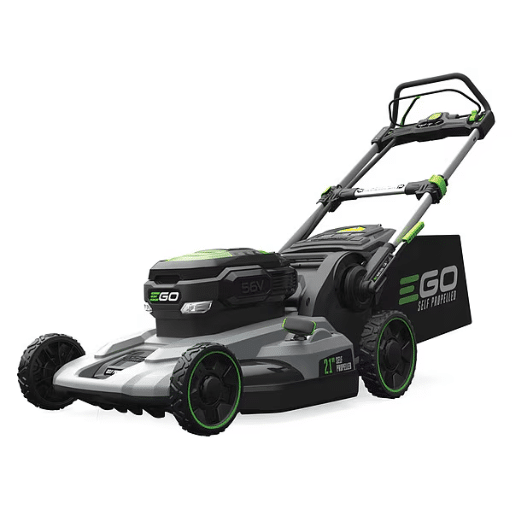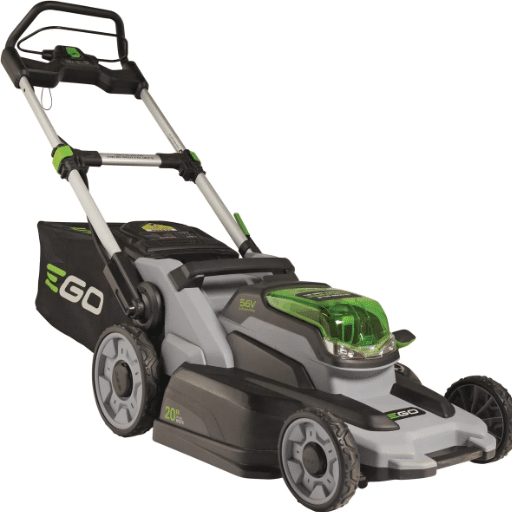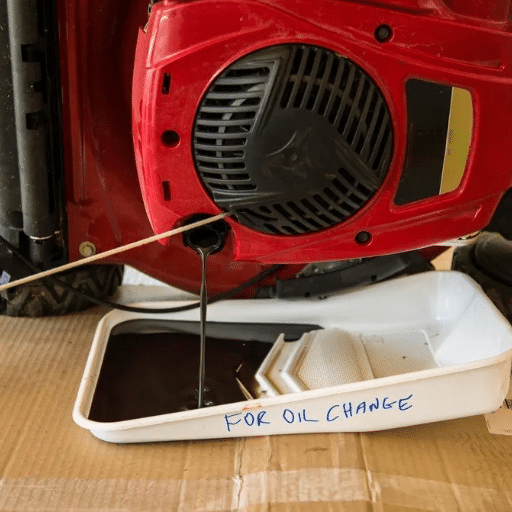It is pertinent to understand the approaches, accuracy and uses of hand and machine embroidery so that a distinction can be made. Hand embroidery is a manual technique that involves transferring designs directly across fabric using a needle and thread. This process affords unique and creative preferences because people have a personal touch in each stitch as it is done independently. In short, this technique works well for crafting custom-designed items that have several minute and three-dimensional features. However, it takes a lot of time and skills to do this, where various stitching methods will be employed.
On the other hand, machine embroidery uses needles with specific instructions to carry out certain designs on clothes and fabric. When mass production is essential and speed is crucial, the technique is beneficial for accomplishing such tasks. However, today, such machine embroidery techniques are primarily applied in companies that produce clothes in large quantities, as they do not have many styles. Even though it lacks the flair of a handmade or one-off unique styling, machine embroidery makes up precision and can easily create layered designs. Each form offers different benefits and optimizes for different results for any particular job based on its requirements scale.
What is Hand Embroidery and How Does it Work?
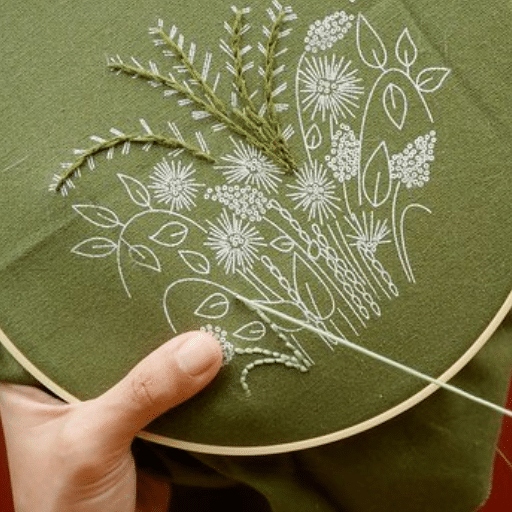
Hand embroidery is one of the components of needle art that has diversified over the years. It is decorating fabrics with needles and threads to create design. It is an entirely handiwork process, and thus, the stitches can be significantly varied as each can be made from the desired hand. The technique involves different stitches, including back, chain, and French knots, which form complicated patterns and textures. These are typically stitched against a bottom that has been embroidered; this is to ensure that the artisan does not go out of the design’s templates. Hand embroidery includes all the stitches and techniques that make it possible to exhaustively outlay an individual preference and imagination since virtually all the pieces created are made to order and are very detailed & artistic. This method would quickly find its use in projects requiring a tailored solution, which is why it is best suited for art pieces, custom clothing, and heirlooms. Although it is an expensive process in terms of time, it produces an exclusive piece of art that showcases the creativity of the embroiderer in addition to the skills that he or she possesses.
Understanding Hand Embroidery Techniques
Being focused on hand embroidery, bringing the shape to the fabric starts with choosing the stitches. Several practices need complete understanding: a satin stitch covering large areas with a smooth finish or a whip stitch perfectly outlines a space. Also, my choice of threads that go with not only the design but also with the color and texture of the fabric is a supplementary matter of stages of design. I routinely use a pattern to be traced over the fabric to ensure the embroidery is in the correct order. This step is indispensable because it prescribes every stitch to be implemented, making it easier for me to realize the intended visual and texture impact. Hand embroidery tends to be intricate and highly customized; the result of the craft combines both design and the spirit of the work done by the designer, showing his/her skills and emotions.
Tools Required for Hand Embroidery
To commence my hand embroidery projects, I have a set of tools that are pretty standard to craft easily. For example, I have embroidery needles that are entirely dependent on the fabric I am working with and the thickness of the thread. Low and high-quality embroidery threads and embroidered metallic threads in different stitches were used to provide the needed color and texture variety. In addition, an embroidery hoop is used to secure the fabric, including stitches, which must be performed consistently to achieve the desired look. Excess threads and sewing edges from the fabric can be cleared effectively using fabric scissors. To begin any embroidered work, I have a water-soluble fabric pen or pencil that I would use to china the work, which will wash off the target after the job is finished. All these enable me to do flawless embroidered work and create wonderful and unique artwork.
The Art of Hand-Embroidered Designs
Hand embroidery is a delicate art, and for me, each item is made with such precision that all stitches are made for the love of art. When I am trying to come up with an original idea, it helps me to look for various historical motifs or patterns that are hand embroidery that I might find online. In today’s world, these resources have enabled me to quickly balance the old and the new designs. So, the hand-embroidered artworks I create are the products of my inspiration embedded into self-designs alongside the appreciation of art they and their culture immensely possess.
How Does Machine Embroidery Work?
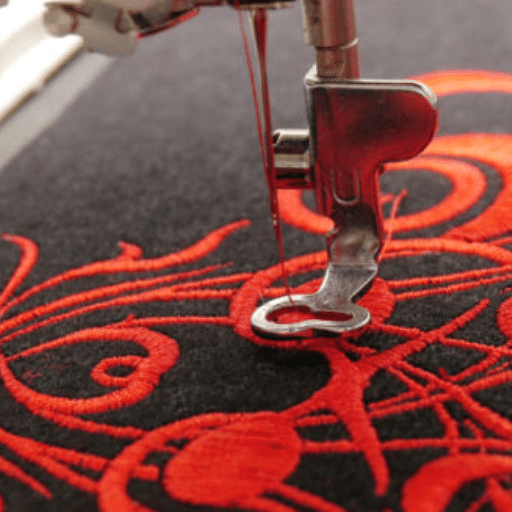
Machine embroidery involves engaging a machine programmed to do machine embroidery. A flow of work begins with making an embroidery design on the computer using programs designed for this. After the ‘design’ has been created, it is sent to the embroidery machine. The machine is built to do the embroidery itself, and all that is required is to follow the necessary programming. Thanks to several needle configurations, changing threads is fast and allows for a complex multicolor design without manual labor. A garment or a fabric is stretched over hoops or frames to keep the garment in the desired position and achieve good-quality stitches. Because of this automation, machine embroidery works quickly and uniformly, making it suitable for large-scale commercial or industrial work. On the other hand, what needs to be emphasized is that machine embroidery can perform complicated patterns and therefore can b in mass production.
The Basics of Machine Embroidery
Movement into machine embroidery does not necessitate a complete understanding of the embroidery techniques, however having an opening design software to assist in the conversion of ideas into computerised designs would help. The software allows the modification of particular designs for particular projects, enabling users to change the stitches, colors, and patterns as appropriate. After designing or inputting a design, the design is sent to an embroidering machine that interprets the design into sewing. These machines have several needles and can automatically cut the thread to avoid the need for color changes and other inefficient actions. The main elements of machine embroidery face- are the embroidery hoop or frame, which is slung around the fabric, and various thread materials that fit the preferred quality, such as polyester yarn for sturdiness or rayon for luster. Websites like Ricoma, Embroiders.com, and Craftsy provide extensive information on machine embroidery effectively, ranging from simple machine embroidery principles such as wind the bobbin and thread installation to embroidery troubleshooting problems like dispelling common myths on machine embroidery maintenance. These factors significantly improve the outcome quality so both amateurs and experienced embroiderers can expand the range of their embroidery abilities efficiently.
Types of Embroidery Machines and Their Uses
As I continued my research into embroidery machines, I realized they are divided into three main types: single-needle, multi-needle, and commercial. Each type has its unique need to fulfill and serves a distinct purpose. A single-needle machine is easy to use and is suitable for beginners and hobbyists. These devices are easy to work with since users have to change the thread for every color used in the pattern, which is recommended for simple projects. Multi-needle machines expand the possibilities for users with 4 to 10 needles so that most designs and 3D images can be created without changing threads too often; however, such machines are best for avid fans or small companies. Commercial machines are also different from these; they are designed for speed. Exclusive advanced features allow those who work with diverse fabrics to mass produce the goods. In the industry, such machines are critical, and speed and uniformity are the order of the day. There are numerous ways to learn about these machines, and the most effective methods that are relevant today are those offered by the websites Sewing Machine Fun, Sewing Society, and The Spruce Crafts.
Creating Machine Embroidered Patterns
The process of machine embroidery designing includes several stages to bring precision and innovativeness. First, I use dependent programs to convert my appealing ideas into appropriate formats in the first stage. This helps fix every element of the pattern and the type of stitches or distinct colors step by step and assists the machine in reproducing features of what was intended. There are helpful resources in the form of templates and tutorials found in the Embroidery Library, Urban Threads, and iBroidery, which have helped me grow my design collections and learn new techniques. After completing the digital version of the template, I save it directly to my machine, place the embroidery fabric into the hoop, and the machine is ready to stitch the design outline quickly and precisely. Such websites have helped me improve my skills while enriching them with the fundamentals of creating computer-aided designs.
What Are the Differences Between Machine and Hand Embroidery?
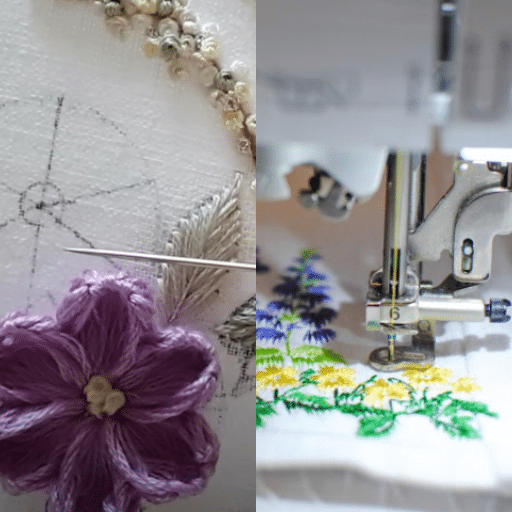
The methods, time, and appearance of finished products are the sources of the primary differentiation between machine and hand embroidery. Machine embroidery is quick, consistent, and relies on automated processes, which makes it suitable for mass commercial production. Conversely, hand embroidery is a painstakingly slow process that uses a needle and thread to create images, allowing for vast amounts of artistic freedom and craftsmanship, making the final pieces very personal. On the one hand, machine embroidery is best for repetitive, detailed designs and quick outputs, while on the other hand, hand embroidery is very freeform, messy, and artistic. Each method has its advantages and applications: machine embroidery is suitable for large-scale industrial applications, while hand embroidering can be used for more creative and vibrant pieces, which are not concerned with uniformity.
Critical Differences Between Hand and Machine Embroidery
There are more differences in hand and machine embroidery techniques, time, and precision. Machine embroidery has the advantage of using computerized machines, which saves time, and results are the same every time. This is most useful for projects needing many designs, usually commercial ones. However, hand embroidery requires more time and individual input because it involves a patchwork of stitches. There is, however, a time when exactly machine methods are needed. These do pattern reproductions and provide a consistent look throughout.
On the other hand, hand embroidery is purposely incomplete, thus giving each design a unique feel. At its core, machine embroidery is intended for the mass production and construction of detailed pieces. In contrast, hand embroidery is better suited for artistic pieces, which are more valuable than speed.
Comparing Stitch Types: Satin Stitch vs Chain Stitch
The satin and chain stitches have different uses in machine and hand embroidery. A satin stitch gives a polished, even surface and is used quite frequently to fill a shape. It is best used where a whole region has to be covered because it provides an even appearance necessary when aiming for uncluttered and finely detailed embroidered patterns. On the other hand, the chain stitch is famous for its strength and its flexibility and that is also because of its structure, which is repeated and looped, the chain stitch consists of various distinct factors. This stitch type is ideal for tracing outlines of images and embellishing them with textured patterns flexibly due to its firm yet pliable nature. While the evenly satin stitch is more favorable for achieving a bright and smooth finish, the chain stitch is more appreciated because it can deliver many lines and textures, which take the designs off the canvas and bring them into a whole new dimension. Thus, every stitch type has advantages depending on the appearance and purpose of the embroidery project.
Time and Effort: Hand vs Machine Embroidery
Some technical parameters become essential when the time and effort employed in hand and machine embroidery are assessed. Machine embroidery dramatically lessens the time to finish the assignments because such processes are automated, and intricate designs are created in hours. In the case of hand embroidery, the process is quite the opposite, as it is rather time-consuming, requiring days or even weeks to complete similar patterns depending on detail and intricacy levels. Suppose we limit it from a technical perspective. In that case, machine embroidery has an advantage in stitching speed, which sometimes ranges between four hundred and one thousand stitches per minute, something that hand techniques will not match. But hand embroidery gives you practically unrivaled control of stitch tension and placement, making it possible to fine-tune and create the particular piece of art desired. Machine embroidery is specialist-intensive in the aspect of embroidery software skills and machinery management, while hand embroidering requires effort in terms of manual dexterity supported by creativity. Machine embroidery is streamlined by the machine and the skill in digital design, while hand embroidery is a method that demands persistent concentration and patience.
Why Choose Hand Embroidery Over Machine Embroidery?
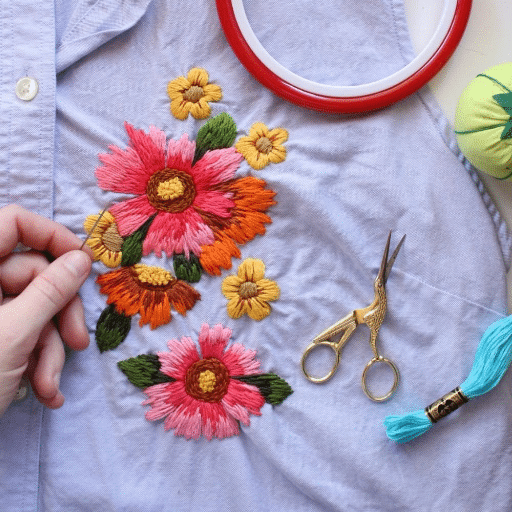
Deciding on hand embroidery, like machine embroidery, is based on various determinants, which would greatly interest artists and crafters looking for great detail in the work done. The craft of hand embroidery tends to allow the artist to have a more personal style and design in the work since he or she can add details that are sometimes hard to machine. Each stitch in hand embroidery is created with artisan thinking, making it easier for the designer to achieve an emotional connection, which is needed for custom designs. Also, hand embroidery, though time-consuming, allows the artist to get in touch with a meditative aspect, as it can be pretty creative. Hand embroidery is, therefore, about time-consuming detail work wherein time is not of the essence and unique designs are produced. This contrasts machine embroidery, which is fast and accurate but lacks appeal.
The Unique Appeal of Hand Stitched Projects
There is a charm that is uniquely possessed by projects that use hand stitching because of their characteristic originality and the unique value they add to art and fabric decorations. A compendium of information from the best online resources reveals several elements that enhance this interest. First, it can provide limitless creativity and be more inventive in hand embroidery. The artist’s work is embedded with multifaceted, intricate designs that machines cannot easily replicate. Machine embroidery provides such a standardization; hand stitches are about textures and depth, so no two items are the same, and all are full of imperfections but of spirit. The individual element can also be found in hand stitching, which is often described as soothing and helps people to reach an emotional bond with the product they are making. Hand embroidery also makes it feasible to achieve fine details and perfect stitches that give the pieces collected through generations relevant cultural essence and showcase the high standards of craftsmanship. That is why the fascination with hand-stitched projects comes hand in hand with the impression of the story behind every project and the emotion that has been put into making it.
How Hand Embroidery Allows for Personalization
When creating needlework, hand embroidery is said to create a better personal touch than machine embroidery. As a result of hand stitching, there is no particular design because the ideas are ever-changing, and people can incorporate things into the design, which is the case with the stitches obtained from the machine. All my handcrafted projects have been inspired in one way or another by how I work, which is entirely different from that of a machine, where everything is standard. It is fulfilling and enables every artisan to add parts of themselves or their nations to their work. The article components become authentic with a story behind them, which the audience will understand differently. This may also be viewed as an artistic concept that helps me stay agitated yet focused on my accomplishments.
When is Machine Embroidery More Suitable?
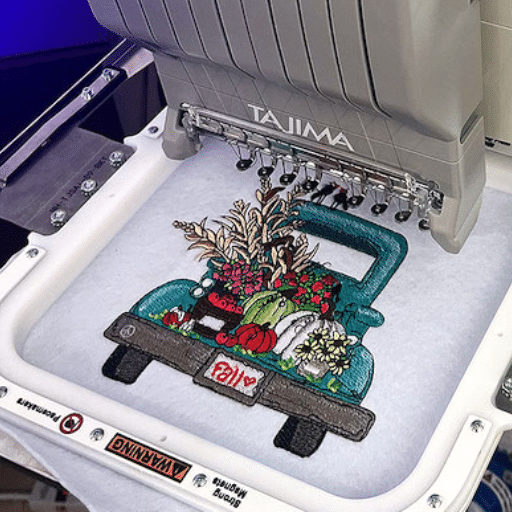
Machine embroidery is best applied when efficiency, bulk usage, and consistency are the primary objectives. In mass production, the machine embroidery process comes in handy since many components will be produced reasonably quickly. Its automated systems enable complex and accurate designs to be replicated consistently. It is favorable for making large quantities of corporate emblems, uniforms, and promotional goods, which require a uniform image across many and sometimes thousands of items. Also, machine embroidery is advantageous when the artwork is computer-generated and is too detailed for hand stitching, thus providing high precision and uniformity to product lines. Where time is of the essence, or there is a need to execute mass production, machine embroidery offers enhanced speed and fidelity. This is why it is suitable for industrial and commercial textile uses where consistency and speed are essential.
Benefits of Machine and Hand Embroidery for Commercial Use
From a business perspective, hand and machine embroidery have unique advantages, which can solve specific business problems. In terms of producing embroidery designs under mass production, machine embroidery is more popular due to its speed and ability to deliver bulk products. This process is beneficial when producing uniforms, promotional items, or merchandise, as it can create thousands of items with a single pattern and a consistent standard. However, this simplicity comes from the highly automated processes implemented by machine embroidery, yielding fast results in quicker critical times while still adhering to deadlines and market requirements.
On the other hand, hand embroidery is attractive because it focuses on creating individual and more advanced pieces for clients, which can impress clients with uniqueness and hand-made artwork. This technique has great potential for value addition, particularly for high-end goods and niche markets where rarity and personalized approach are highly regarded. Custom-made and hand-embroidered products can attract high prices due to every detail embedded in the artwork’s time, artistry, and craftsmanship. As a result of using hand embroidery, the business can tap higher segments of the market and create products that have a customer appeal and integrate different cultures into their use.
Combining hand and machine embroidery still seems to be a conflict resolution in enhancing a business’s offerings to meet efficiency and customization for different textile markets.
Efficiency and Precision in Machine Embroidery
In today’s production processes, machine embroidery is unrivaled in efficiency and accuracy. I note that once complex designs are created, they can be reproduced in bulk with relative ease through machine embroidery since it is automated. The details are of the highest quality, and most of the design’s pellet features can be repeated without fail. Thanks to this system, TAT has been cut down immensely, and deadlines have been achieved without any alterations in quality. Therefore, in a business context, machine embroidery is an effective mode to help achieve high levels of output and creative detailing, mainly when uniformity and professionalism are achieved across many products.
References
Frequently Asked Questions (FAQ)
Q: What is the main difference between hand embroidery and machine embroidery?
A: The main difference between hand and machine embroidery is the method used to create the designs. Hand embroidery uses needle and thread, allowing for intricate and personalized designs. In contrast, machine embroidery is made by machine, offering speed and precision through pre-set patterns.
Q: How does digital machine embroidery work?
A: Digital machine embroidery uses computerized sewing machines that automatically read digital patterns to stitch designs onto fabric. This allows for consistent and accurate embroidery, making it ideal for large-scale projects.
Q: Can the same designs be used for hand and machine embroidery?
A: While some designs can be adapted for both hand and machine embroidery, the techniques used in each can limit the complexity or detail achievable. Hand embroidery allows for more intricate details and unique touches, whereas machine embroidery is limited to the capabilities of the machine patterns.
Q: What are the advantages of hand embroidery over machine embroidery?
A: Hand embroidery offers a personal touch and artistic expression, allowing embroiderers to use various stitches and techniques, such as long and short stitches. It is often preferred for its uniqueness and the time it takes to complete, which adds value to the finished piece.
Q: Why do some people prefer hand embroidery over machine embroidery?
A: Some people prefer hand embroidery because it allows for more creativity and individuality in their designs. It also offers a sense of satisfaction from the craftsmanship of creating something by hand.
Q: Are there any disadvantages to using machine embroidery?
A: One disadvantage of machine embroidery is that it may lack the personal touch and uniqueness that can be achieved with hand embroidery. Additionally, machine embroidery often requires specific equipment and software, which can be costly.
Q: How does the time it takes to complete a project differ between hand and machine embroidery?
A: Hand embroidery typically takes much longer than machine embroidery because each stitch is done manually. In contrast, machine embroidery can complete designs quickly due to the efficiency of embroidery sewing machines.
Q: Can embroidery by machine achieve the same level of detail as hand embroidery?
A: While machine embroidery can achieve high precision, it may not match the intricacy and subtlety of detail possible with hand embroidery, particularly with techniques like long and short stitches.
Q: What types of projects are best suited for digital machine embroidery?
A: Digital machine embroidery is best suited for projects that require consistent patterns, such as logos, uniforms, or bulk orders of embroidered items. It is ideal for designs where speed and precision are essential.



